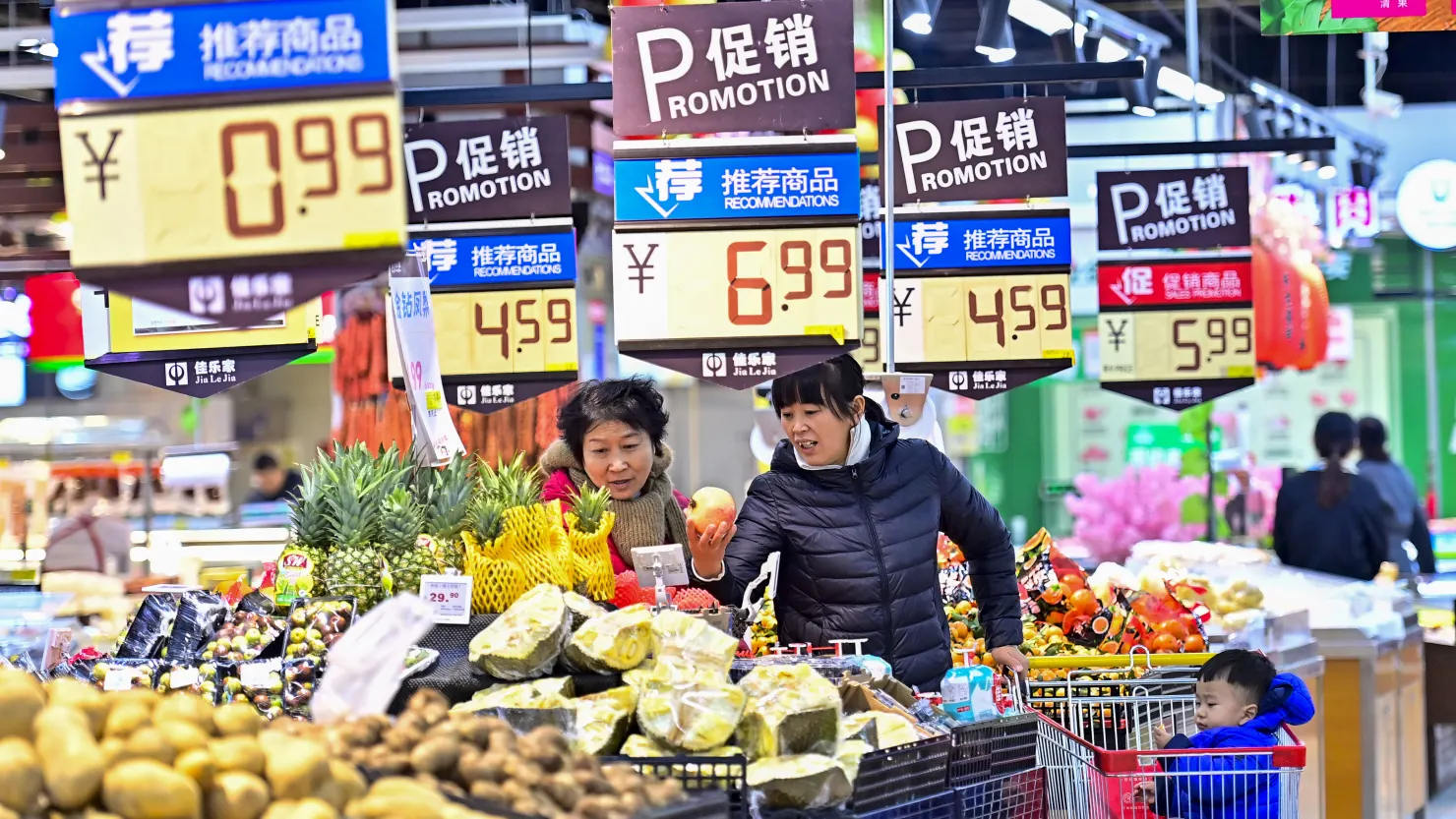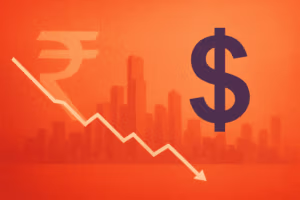China’s consumer price inflation (CPI) slowed to 0.1% year-on-year in December, marking a further decline from November’s 0.2%, according to data released Thursday by the National Bureau of Statistics. While this matched Reuters estimates, it underscores growing concerns about deflation in the world’s second-largest economy.
Core CPI, which excludes volatile food and energy prices, rose slightly by 0.4% year-on-year, up from 0.3% in November. Month-on-month, CPI remained flat, showing no change after a 0.6% decline in the prior month.
Food Prices and Deflationary Pressures
Food prices, a significant component of China’s CPI basket, fell 0.6% month-on-month due to favorable weather conditions. The prices of fresh vegetables and fruits dropped by 2.4% and 1%, respectively, while pork prices—a key driver of food inflation—declined 2.1%.
Despite these monthly declines, pork prices remain 12.5% higher year-on-year, a trend analysts at ANZ Bank predict will negatively impact headline CPI in 2025.
Wholesale Prices and Producer Inflation
China’s producer price index (PPI) fell 2.3% year-on-year in December, marking the 27th consecutive month of decline. The reading slightly outperformed Reuters’ estimates of a 2.4% drop. On a monthly basis, PPI dipped 0.1%, reversing a 0.1% increase in November. Seasonal suspensions of infrastructure and real estate projects reduced demand for steel, contributing to the decline.
Weak Domestic Demand and Stimulus Challenges
China’s near-zero inflation reflects persistent weak domestic demand, stoking fears of deflation despite Beijing’s extensive stimulus measures since September. These efforts have included – interest rate cuts, support for stock & property markets and increased bank lending.
On Wednesday, the government expanded its consumer trade-in scheme, aimed at encouraging consumption through subsidies and equipment upgrades. However, Louise Loo, lead economist at Oxford Economics, described these measures as “quick fixes” with limited long-term impact.
“There are significant payback effects later on, meaning what is spent now will not be spent later,” Loo told CNBC.
Shaun Rein, managing director at China Market Research Group, also noted the limitations of such programs: “How many air-conditioners can one family have?” He added that deflationary pressures loom ahead of the Chinese New Year, as consumers remain bargain-focused and delay purchases without discounts.
Signs of Recovery Amid Challenges
Despite the deflation concerns, some metrics suggest potential recovery. Factory activity has been expanding for three consecutive months, albeit at a slower pace in December. However, structural challenges persist, including property sector struggles and trade tensions with the U.S.
“Although China’s economy displayed some signs of recovery following the policy shift in September, it continues to face significant challenges,” said Carlos Casanova, senior economist at Union Bancaire Privée.
Loo added that China’s reflation trajectory will likely underperform expectations due to weak consumer spending.
Currency Pressure
The onshore yuan reached a 16-month low of 7.3316 per dollar on Wednesday, driven by rising U.S. Treasury yields and a stronger dollar, further complicating China’s economic recovery efforts.
China’s policymakers face mounting pressure to address weak consumer demand and deflation risks as the economy navigates a challenging path to recovery. While recent measures offer short-term relief, long-term structural reforms may be necessary to sustain growth and restore confidence.





